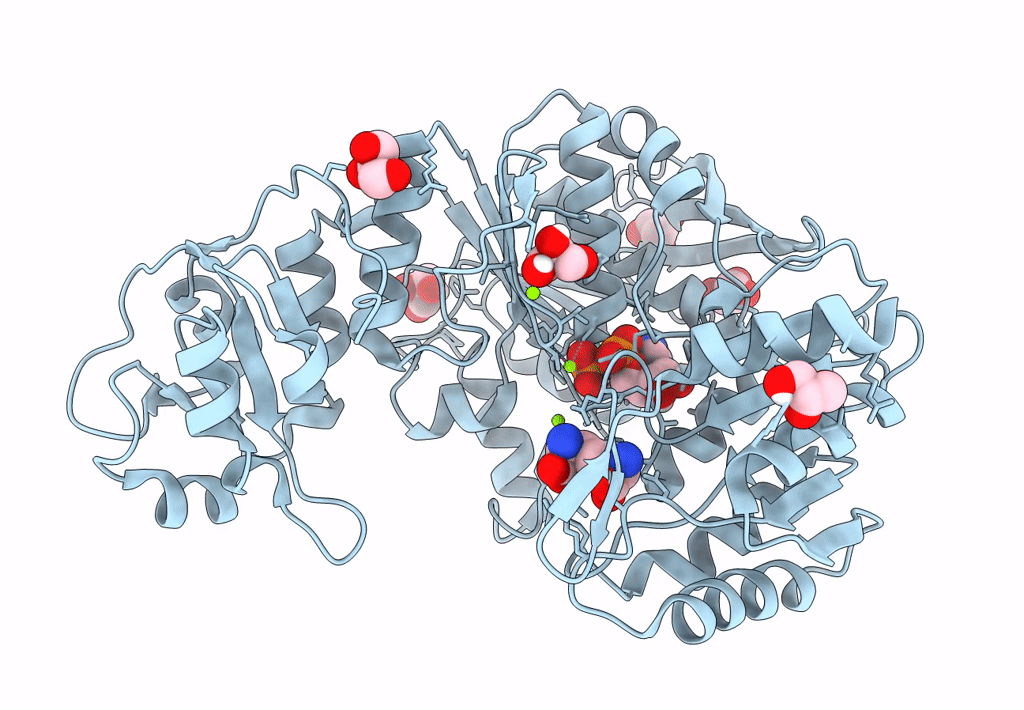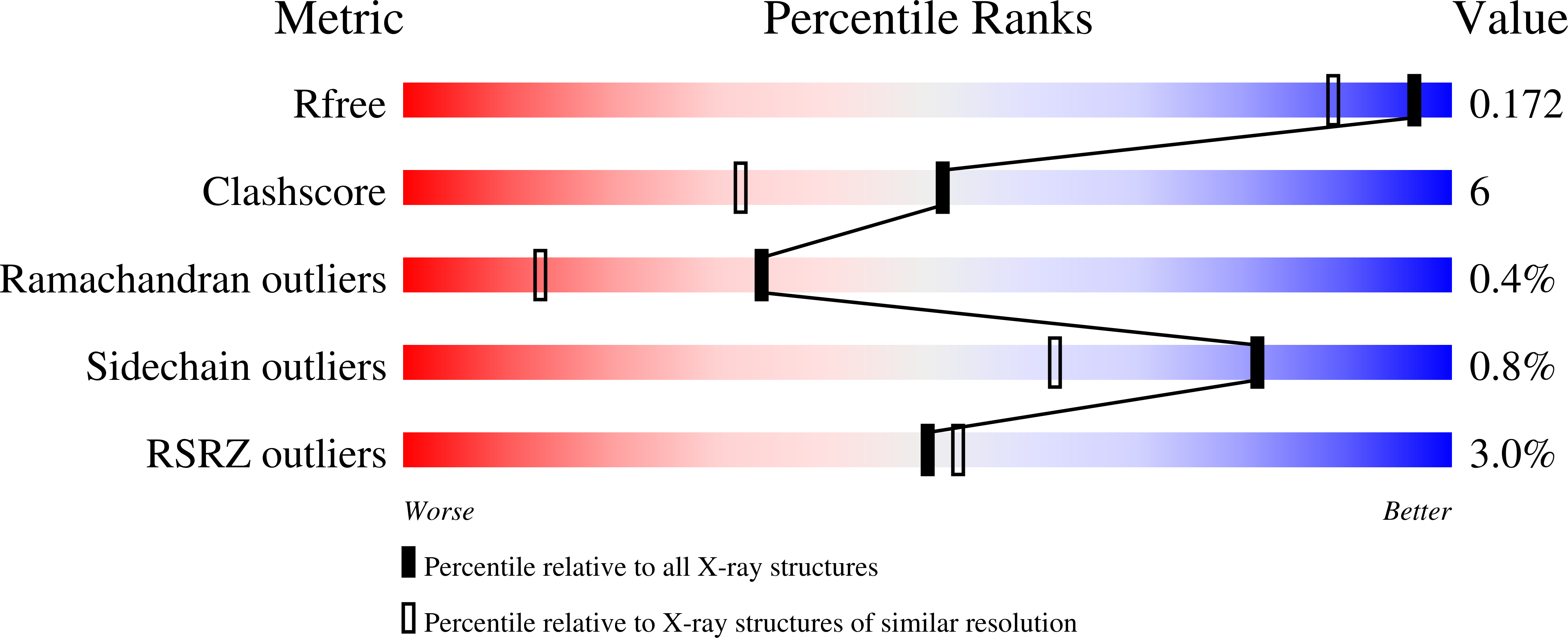
Deposition Date
2023-02-15
Release Date
2023-04-05
Last Version Date
2023-11-15
Entry Detail
PDB ID:
8G6P
Keywords:
Title:
Crystal structure of Mycobacterium thermoresistibile MurE in complex with ADP and 2,6-Diaminopimelic acid
Biological Source:
Source Organism:
Mycolicibacterium thermoresistibile (Taxon ID: 1797)
Host Organism:
Method Details:
Experimental Method:
Resolution:
1.45 Å
R-Value Free:
0.18
R-Value Work:
0.16
R-Value Observed:
0.17
Space Group:
P 43 21 2


